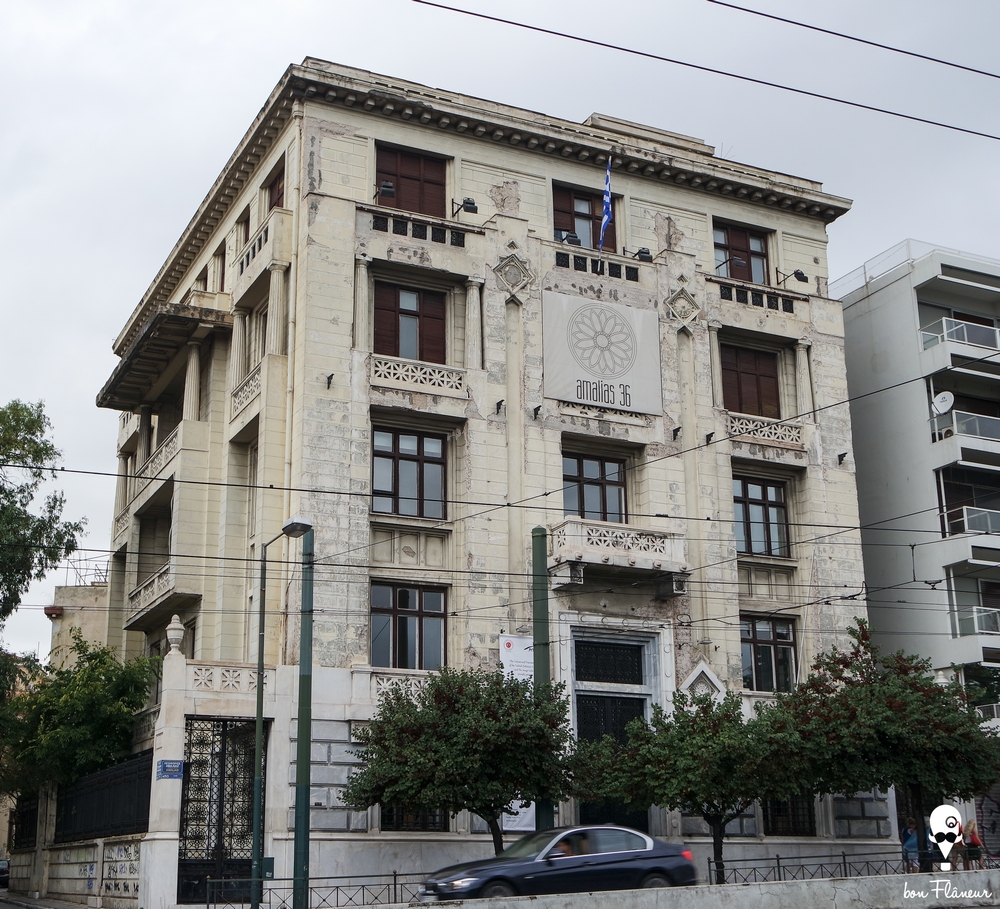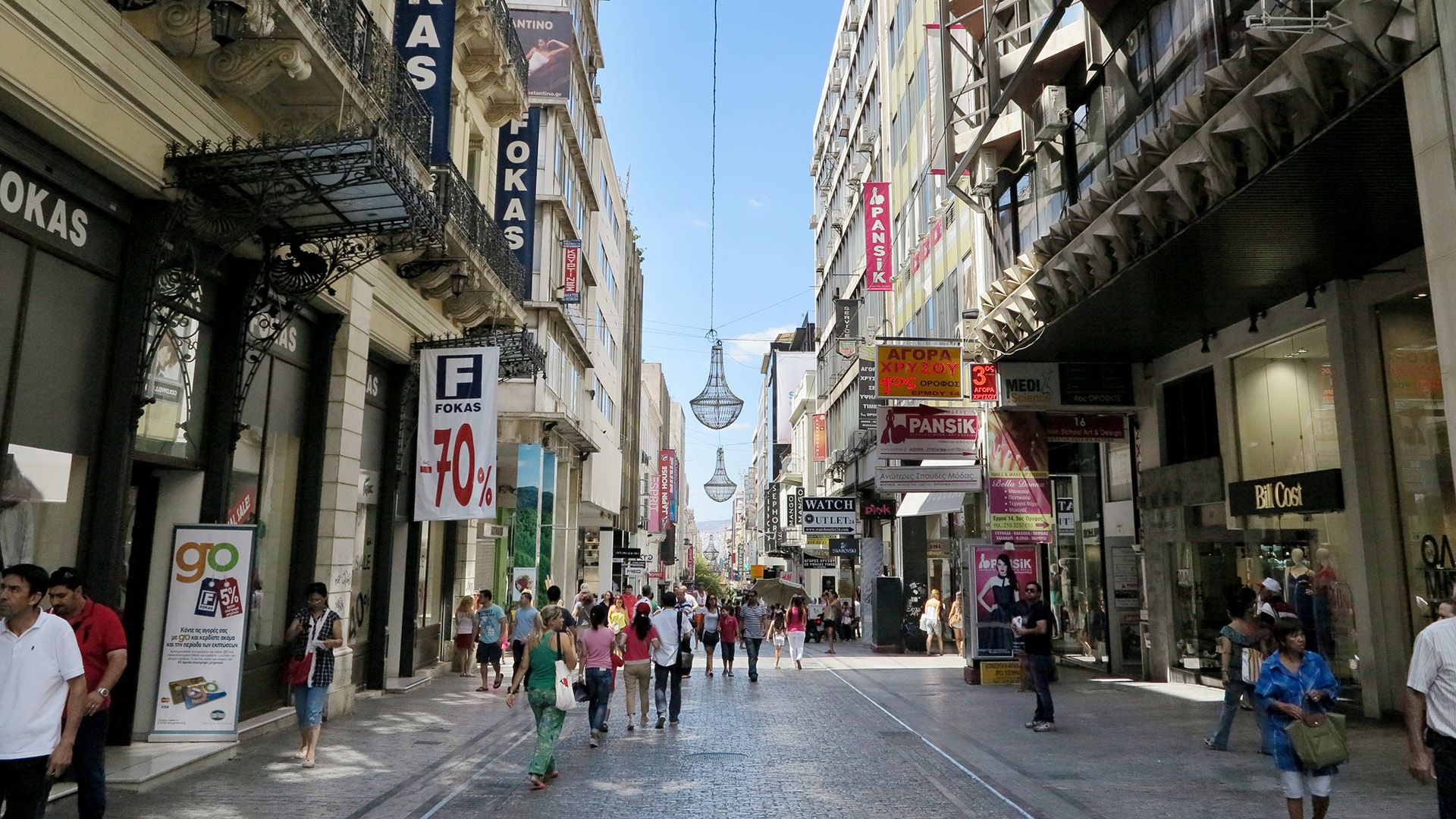Old Parliament House – National Historical Museum
Useful
Information
Square, Kolokotroni, Athina 105 61, Greece
Informations
Address:
Square, Kolokotroni, Athina 105 61, Greece
Website:
https://www.nhmuseum.gr/en/
Old Parliament House – National Historical Museum
The neoclassical palace was founded in 1858 by Queen Amalia and designed by the French architect François Boulanger in order to house the Parliament and the Senate. After the expulsion of King Otto and the post-colonial revolution of 1862, the Senate was abolished. The plans of the building were modified by the architect Panagiotis Kalkos with the main change being the removal of the Senate amphitheatre.
The Parliament building was completed in 1875. On 11 August 1875, took place the official opening of the Assembly of the Parliament, with Harilaos Trikoupis as Prime Minister. For a full 60 years, the building on Stadiou Street housed the country’s turbulent political life. In 1935, the Hellenic Parliament moved to the Old Palace in Syntagma Square, where it has remained ever since.
The building of the old parliament was given to the Historical and Ethnological Society of Greece for the housing of the National Historical Museum by decision of Prime Minister Eleftherios Venizelos. The implementation of the decision was delayed by the Second World War. The Society finally moved into the building in 1960, and two years later the new exhibition of its museum was opened to the public under its definitive roof. The Old Parliament is an architectural jewel in the centre of Athens. The majestic assembly hall is a place of historical memory, but also a roof for events of historical and cultural interest. The rooms around it are home to the permanent collection of the National Historical Museum, while the atrium is the venue for its temporary exhibitions.
In front of the Megaro is Kolokotronis Square, which was associated with Greek parliamentary history for almost a century. Today, Kolokotronis Square is dominated by the equestrian statue of Theodoros Kolokotronis. The bronze statue of the general of the revolution of 1821 is the work of the sculptor Lazaros Sochos (1862-1911). It was originally (1904) placed on a small traffic island at the beginning of Kolokotronis Street. It was moved to its present location in 1954, during the reconstruction of the Old Parliament area. Marble statues of 19th century politicians adorn the palace grounds. The statue of Prime Minister Harilaos Trikoupis is the work of the sculptor Thomas Thomopoulos (1873-1937). It was placed in the forecourt of the Old Parliament in 1920, in a garden facing Stadiou Street (Kolokotronis Square), in front of the building’s entrance. It was moved to its current location on the side of the building in 1954. The statue of the Prime Minister Theodoros Diligiannis, who was assassinated on the steps of the Megaron in 1905, is the work of the sculptor Georgios Dimitriadis of Athens (1880-1941). It was placed in the grounds of the Palace in 1931 and moved to its current location in 1954.
The National Historical Museum has been permanently housed in the Old Parliament building on Stadiou Street (Kolokotronis Square) since 1962. It was founded in 1884 by the Historical and Ethnological Society of Greece, which began collecting historical material from its establishment in 1882. Its subject is the history of modern Hellenism: the period of Turkish and Frankish rule, the Revolution of 1821, the liberation struggles, and the establishment of the independent state, the political, social and spiritual development of Hellenism up to the present day. Its aim is to collect and preserve materials and objects that shed light on the history of Hellenism in modern times. The National Historical Museum maintains the permanent exhibition, which is open to the public, and the sections: Collections (including: Flags, Arms, Seals, Medals, Badges of honour, Coins, Personal Items, Engravings, Paintings, Sculptures, Furniture, Costume and Folklore Collection, etc.), Archive of Historical Documents and Codes (15th-20th century), Library with old and rare publications on the history of modern Hellenism, Photographic Archive and Conservation Laboratory. In the Museum’s permanent exhibition, heirlooms and works of art present in chronological order, modern Greek history from the Fall of Constantinople by the Ottomans in 1453 to the 20th century.
In the Museum’s exhibition the visitor can see:
– Greek flags and loot from the Revolution of 1821 and from the Greek War of Independence that followed.
– The armor of the fighters of the Revolution of 1821 and later years. – Helmets and armor from the Venetian and Turkish periods.
– Ship figureheads of the Revolution of 1821.
– Sculptures, medals, decorations of historical figures, works by great artists of the 19th and 20th centuries.
– Stamps and coins.
– Souvenirs and personal items of historical figures.
– Oil paintings, watercolours, drawings, maps, engravings, popular lithographs, posters.
– A rich collection of costume of fighters, politicians, military, scholars and hierarchs, local costumes of various Greek regions and objects of everyday life.








